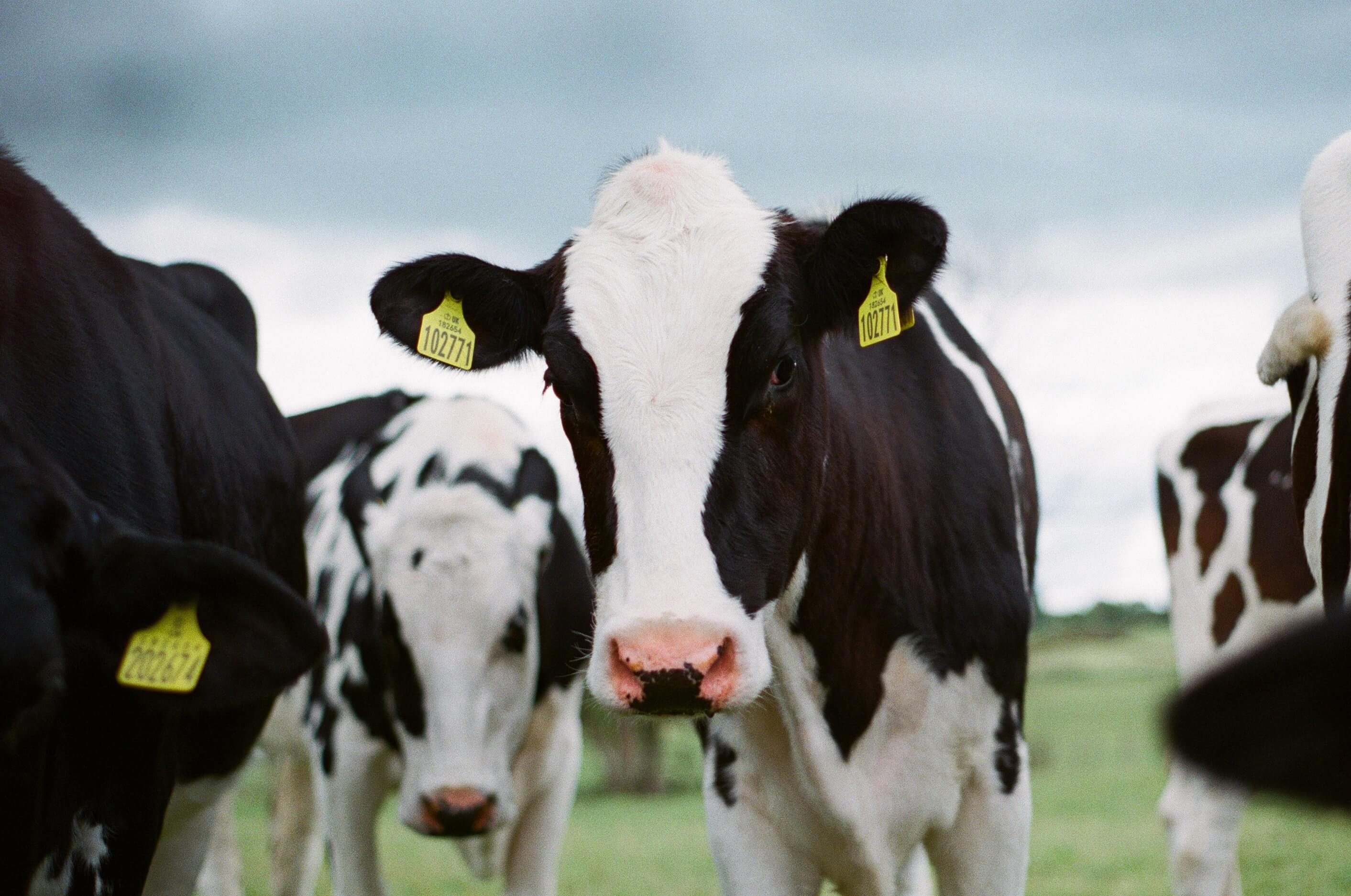A groundbreaking study conducted by researchers from the CLEAR Center at the University of California at Davis confirms that the California dairy sector is poised to achieve the state’s ambitious methane reduction goals and could reach climate neutrality by 2030.
Published in CABI Biological Sciences, the peer-reviewed research evaluated the progress of the California dairy sector towards the target established by Senate Bill 1383, which mandates a 40% reduction in methane emissions below 2013 levels by 2030. The study also projected the atmospheric warming contributions from 2019 to 2030 under various scenarios, identifying potential avenues for the industry not only to meet but exceed the requirements of SB 1383. Remarkably, the researchers concluded that the California dairy sector could attain climate neutrality—contributing zero additional warming to the atmosphere—by 2027.
The researchers examined the climate impacts of dairy farming, considering the warming potential and lifecycle of methane, the primary greenhouse gas produced by the dairy sector. Methane, a potent but short-lived greenhouse gas, decomposes into carbon dioxide and water vapor after approximately 12 years. The carbon dioxide is then absorbed and sequestered by plant crops grown to feed dairy cattle, completing what is known as a biogenic emission cycle. This cycle means that maintaining a nearly constant level of methane emissions contributes no additional warming to our climate, and reducing methane emissions can offset past warming contributions.
Frank Mitloehner, UC Davis professor and Air Quality Specialist expressed enthusiasm about the study’s findings, noting that the dairy sector’s aggressive methane reduction efforts could not only halt additional warming but also counteract historical emissions. “Agriculture is one of the few sectors that can do that,” Mitloehner said. “The rest of the world is observing how California is reducing methane and realizing that significant reductions are feasible and can profoundly impact a sector’s climate footprint.”
To accurately gauge the dairy sector’s climate footprint, the researchers employed a more precise metric for estimating global warming potential, the ‘global warming potential star’ (GWP*), developed by scientists at the University of Oxford, England. This novel metric reports emissions as ‘warming equivalents,’ capturing the differing impacts of short- and long-lived greenhouse gases rather than computing exact carbon dioxide equivalents (CO2e), as the older GWP100 metric does.
The research also identifies several strategies to help the industry reach climate neutrality by 2027, such as increased use of dairy digesters, improved manure management, and feed additives. These measures require widespread adoption by California’s dairy farmers.
Denise Mullinax, executive director of the California Dairy Research Foundation, highlighted the industry’s substantial potential in exceeding the stringent requirements of SB 1383 and achieving climate neutrality. She praised the many producers who have already implemented methane-reducing technologies, setting the California dairy sector on course to meet the ambitious goals.
More than 250 California dairy farms have already implemented a methane reduction project, including introducing digesters to capture methane or alternative manure methane projects to avoid methane production. Most of these initiatives have been incentivized by the California Department of Food and Agriculture’s alternative manure management and dairy digester research and development programs.
Investment in feed additives and other methane-reducing technologies is expected to bolster California’s position as a global leader in dairy sustainability. The study identifies feed additives that reduce enteric methane as a promising area, with several additives projected to gain regulatory approval within the decade. The additive used in the CLEAR Center study, 3-NOP, is currently approved and in use in Brazil, Chile, and the European Union and could be approved for veterinary use in the U.S. as early as 2024.
Photo by Jakob Cotton on Unsplash



2 Comments